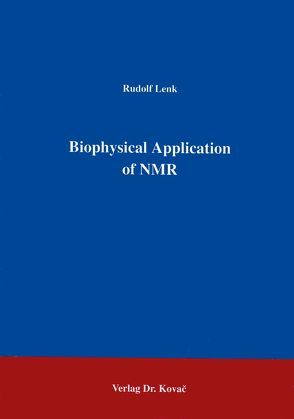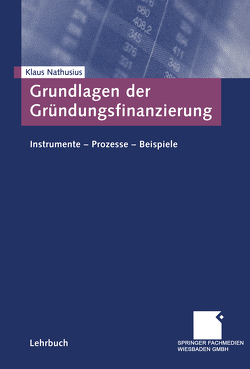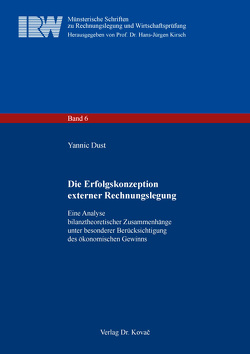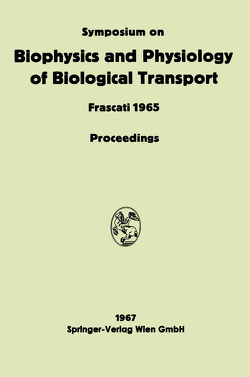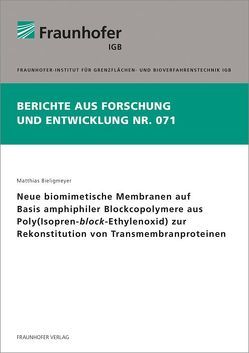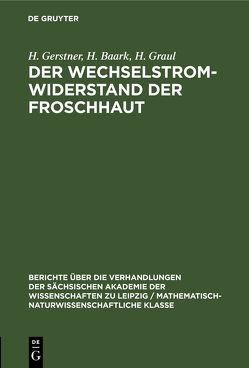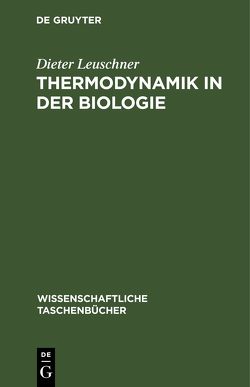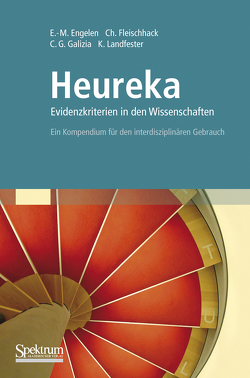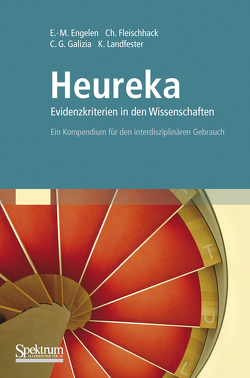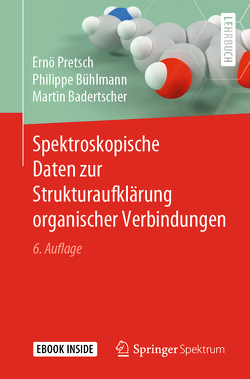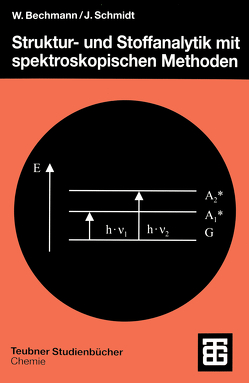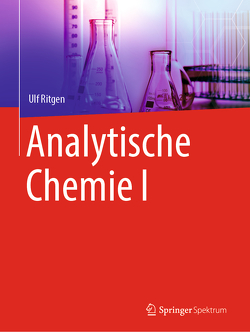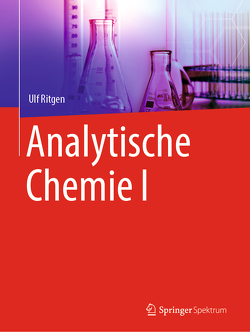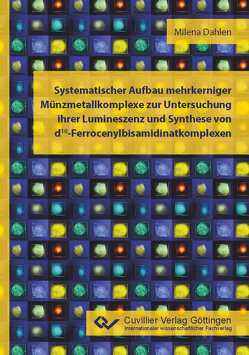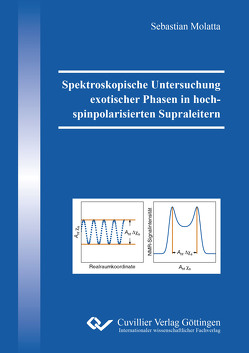Biophysical Application of NMR
Rudolf Lenk
Living systems have a very complicated molecular structure. They are characterized by a great number of spatial configurations, high entropy and significant random movements. Because of the absence of symmetry and regularity in these systems, random motion is the most significant phenomenon to define their physiological state. This book shows how living systems can be characterized by Brownian motion and particle fluctuation, using the Nuclear Magnetic Resonance (NMR) method. NMR is known to be an excellent tool for the study of entropic and dynamic systems, with the further advantage added that it is a non-destructive and non-invasive method. The hor provides an elementary theoretical background of molecular fluctuation, using the correlation function and Fourier transform methods. A significant contribution of the book is the description of the classical and quantum-statistical theory of the Magnetic Resonance and Spin Relaxation method. Advanced experimental methods, useful in biophysical applications (off-resonance rotating frame technique, multiple-pulse sequences, composite pulses, NMR field cycling and studies of flow), are presented. Finally, the auhor describes the experimental work of the Geneva NMR groups in the domain of physiological fluids and plant physiology.
